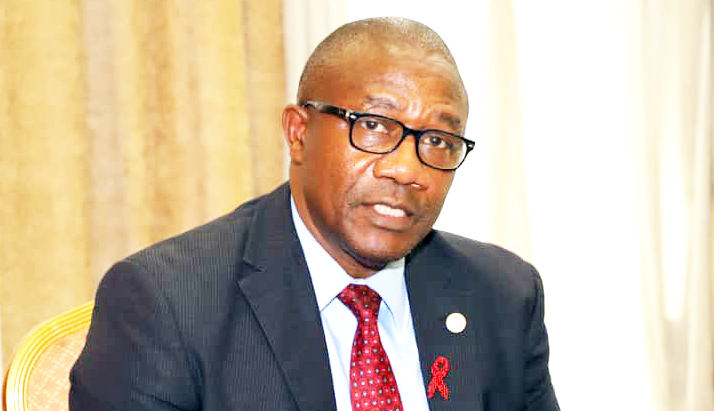The Uganda AIDS Commission has announced a decrease in new HIV infections, despite the country not meeting key national objectives in its fight against the epidemic.
Dr. Vincent Bagambe, the Director of Planning and Strategic Information at the Uganda AIDS Commission, shared these insights during a press briefing at the Uganda Media Centre in Kampala on Tuesday.
Dr. Bagambe credited the decline to data collected from health facilities and periodic surveys, including the Uganda Demographic and Health Surveys.
While acknowledging the progress made, he emphasized that the results are still inadequate.
Uganda aims to reduce new HIV infections to 10,000 annually, yet the current figure remains around 38,000 a level he noted cannot be rectified within a single year.
The country also aspired to lower AIDS-related deaths to below 10,000 each year, but current statistics indicate that over 20,000 individuals continue to lose their lives to the virus annually.
This situation echoes the global objectives set forth by UNAIDS and the World Health Organization (WHO) to end the AIDS epidemic by 2030, which includes a target of a 90% decrease in new infections and AIDS-related deaths from 2010 levels.
In light of financial challenges, particularly stemming from a U.S. executive order that froze a significant portion of USAID funding, Uganda remains dedicated to its HIV response efforts.
Dr. Bagambe stated that the government currently allocates 320 billion Ugandan shillings each year to HIV services, encompassing both operational costs and essential supplies.
END

